The TOSLINK optical cable is a unique discovery, and it has altered the way of carrying audio signals.
It is a great option to know more about the TOSLINK optical cable. No matter whether you are an audiophile or a casual listener, you will have a better music experience.
In this essay, we dig into the realm of TOSLINK optical cables and examine the several advantages they provide.
What is a TOSLINK Optical Cable?
TOSLINK, which stands for "Toshiba Link," is a standardized optical fiber connector that sends digital audio signals as light pulses. After someone created the technology, It has become a popular choice for music lovers.
The standard electrical connections carry information through conduction materials, but the TOSLINK optical cable uses light to transport digital audio data. As a result, the TOSLINK optical link comes with a n number of advantages.
TOSLINK optical cable becomes the alternative to HDMI cables or coaxial digital connections. We also know the TOSLINK optical cable is a fiber-optic or digital optical audio cable. Furthermore, it will convert electric audio impulses into light waves.
What's more, the TOSLINK optical cable is ideal for multi-channel surround sound or stereo audio inputs. After that, it will provide better performance over longer distances.
As a result, they're perfect for professional home theater installations that utilize stereo sound. Usually, we will use optical connections for high-quality mono sound; an HDMI cable may be better suited for specialized uses.
Signal strength varies with cable composition; we provide lengths ranging from 75 cm to 30 meters. There are also 3.5 mm and S-video connections.
What Are the Pros of TOSLINK Optical Cable
Impeccable Sound Quality
One of the major benefits of using a TOSLINK optical cable is its ability to provide excellent sound quality.
TOSLINK optical cable transfers audio data as light signals, rather than analog connections. Also, the analog connections are vulnerable to interference and signal degradation.
This ensures that the audio remains free of electromagnetic interference. Because of this flawless transmission, TOSLINK is a perfect solution for connecting devices such as soundbars and home theater systems.
Enhanced Immersion in Surround Sound
TOSLINK optical cable is very common in surround sound home theater setups. These cables are compatible with a variety of audio formats, and we will often use them in multi-channel audio.
Thanks to formats being transmitted precisely, the audio detail is recreated. After that, you will immerse yourself in a world of cinematic sound.
Noise-Free Audio Transmission
The ground loop is commonly used in electrical lines, and it will cause annoying or buzzing sounds when audio is playback.
However, TOSLINK optical cable completely eliminates this issue. There is no physical connection that may cause ground loop interference because they transmit audio optically. TOSLINK cables are thus a good alternative for linking devices powered by diverse sources.
Long-Distance Signal Transmission
TOSLINK optical cable can carry digital audio signals over long distances with minimal signal loss. This capability is especially useful in big leisure areas or business settings where devices are placed far apart. The use of light pulses to carry audio ensures that the signal remains strong regardless of the length of the wire.
Immunity to Radio Frequency Interference (RFI) and Electromagnetic Interference (EMI)
TOSLINK optical cable is resistant to RFI and EMI, which are common problems with analog audio lines. Electrical devices frequently cause interference and bring static, distortion, and noise into audio channels.
TOSLINK optical cable is immune to these difficulties due to its emphasis on light-based transmission, resulting in dependably high-quality music playback.
What Are the Cons of TOSLINK Optical Cable
While Toslink optical cables have various advantages, but also, have some cons.
Unlike HDMI, this TOSLINK optical cable connection cannot provide the bandwidth required for high-definition, lossless audio without first compressing the data.
In addition, unlike HDMI, which can carry both audio and video data, TOSLINK optical cable can only convey audio.
The material type limits the effective range (total length) of TOSLINK cables.
Plastic optic fiber cables are frequently no longer than 5 m (16 ft), with a maximum length of 10 m (33 ft). If you need to cover longer distances, you may need to use a signal booster or repeater with other additional cables.
What Systems Use TOSLINK Optical Cable?
You will notice a red dot flashing light back at you. But you need to look at the fiber optic of the connected TOSLINK optical cable.
There is only one way to plug in the cable end because it is flat on one side and rounded on the other.
If you have the following items in your home, wireless audio adapters, home theater devices, amplifiers, stereo speakers, and receivers. It is a good choice to use the TOSLINK optical cable.
It is sometimes found in conjunction with video-only connection types like DVI or S-video.
Will HDMI Replace TOSLINK Optical Cable?
HDMI is becoming more popular. Nobody, however, should declare the end of TOSLINK. The optical transmission standard is still quite popular among consumers and producers.
However, due to the significantly bigger data volumes available now, certain limits may occur. The SPDIF interface serves as the foundation for TOSLINK.
For a long time, this interface remained unrivaled in the home cinema and Hi-fi sectors due to its relatively high data rate and ability to transfer multi-channel data.
However, when compared to newer HD surround formats such as Dolby True HD and DTS-HD, SPDIF has bandwidth limitations.
However, there will occur the sound quality lost and the true HD sound does not pass through. Because you need to transmit those formats and downmixing performance.
These constraints do not exist with HDMI. We can use HDMI to transmit audio and video date with a signal connection. In this situation, manufacturers may give up the TOSLINK optical cable.
Apple's set-top box, for example, no longer supports TOSLINK optical cable since the fourth iteration.
If you want to connect the box to your music system to listen to music, your receiver or amplifier must support HDMI. HDMI audio splitters may be one solution. They prepare audio data for standards such as SPDIF and Cinch.
In the world of audio connection, TOSLINK optical cable is a technological marvel.
There are several pros for the TOSLINK optical cable. Such as producing flawless sound quality and immunity to interference.
Whether you're streaming music, viewing movies, or gaming, the TOSLINK optical cable provides unrivaled audio quality. Today, use the power of TOSLINK to improve your audio experience.

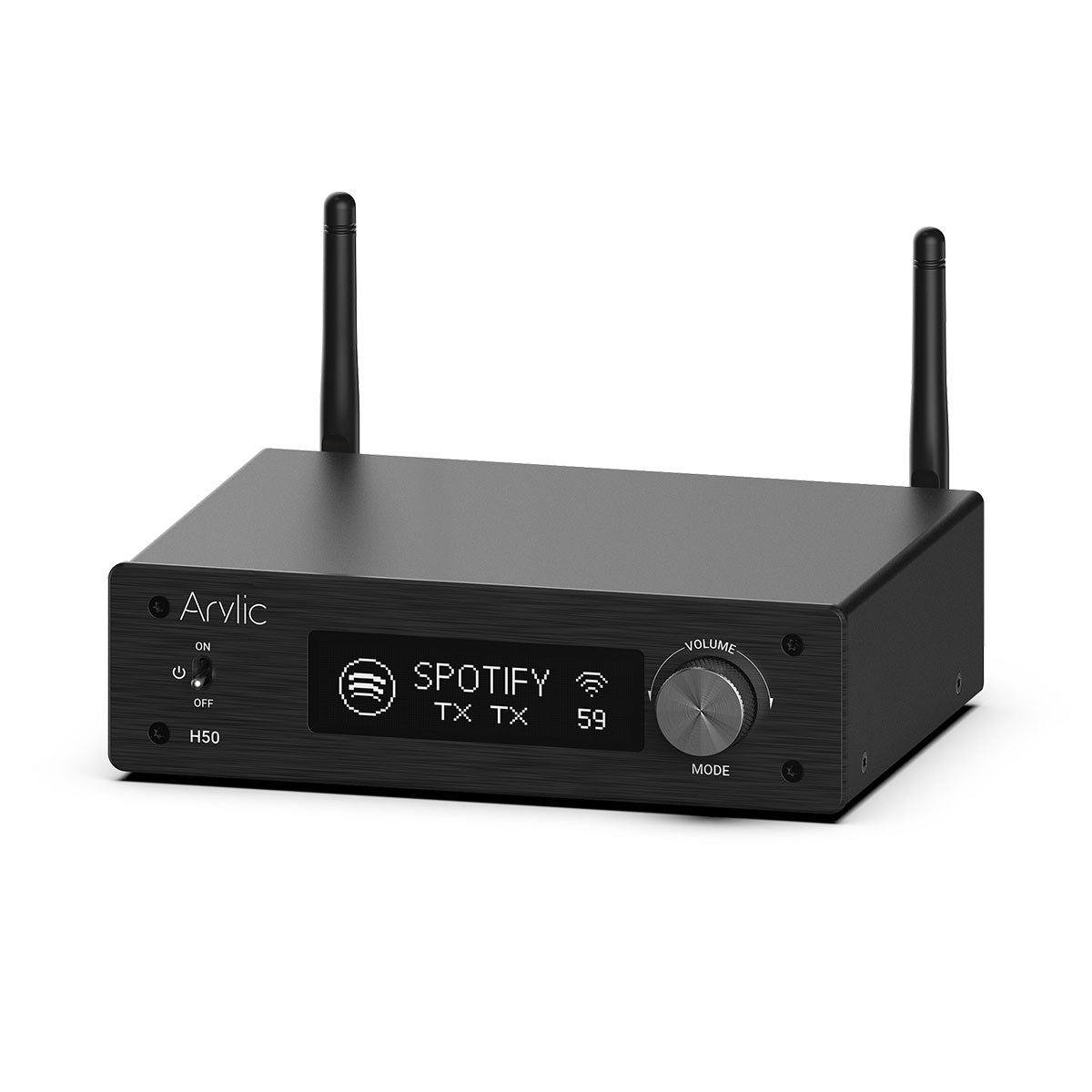
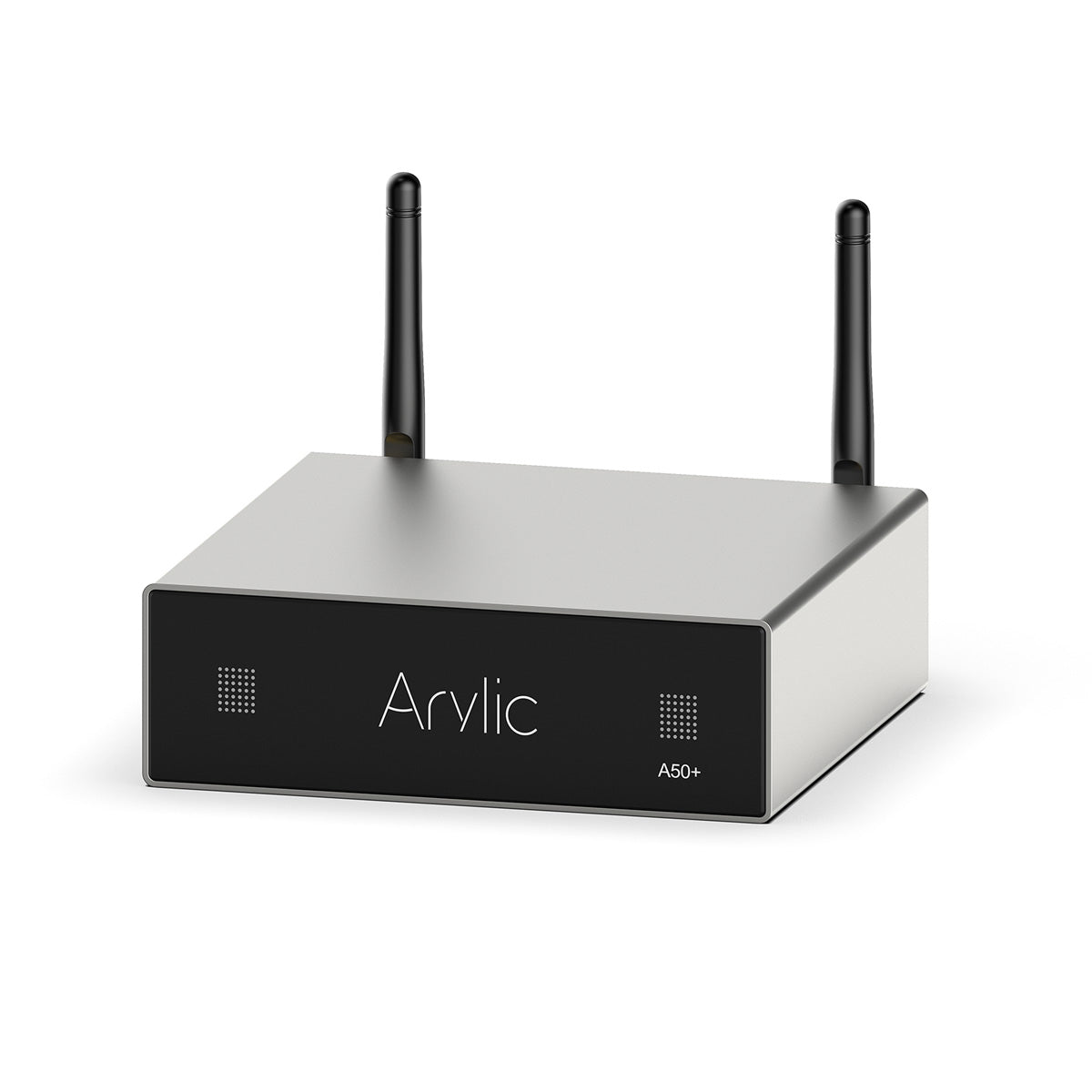
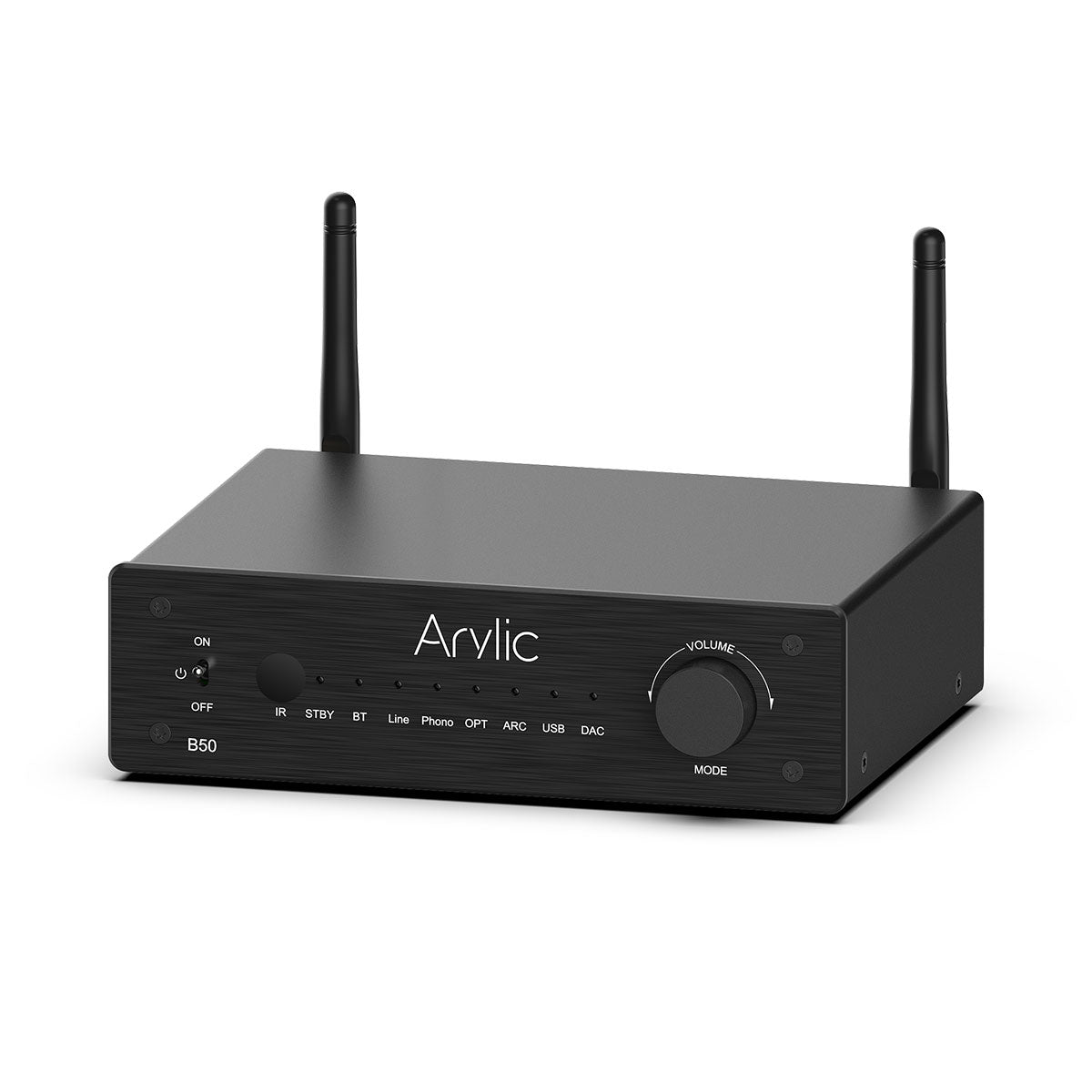
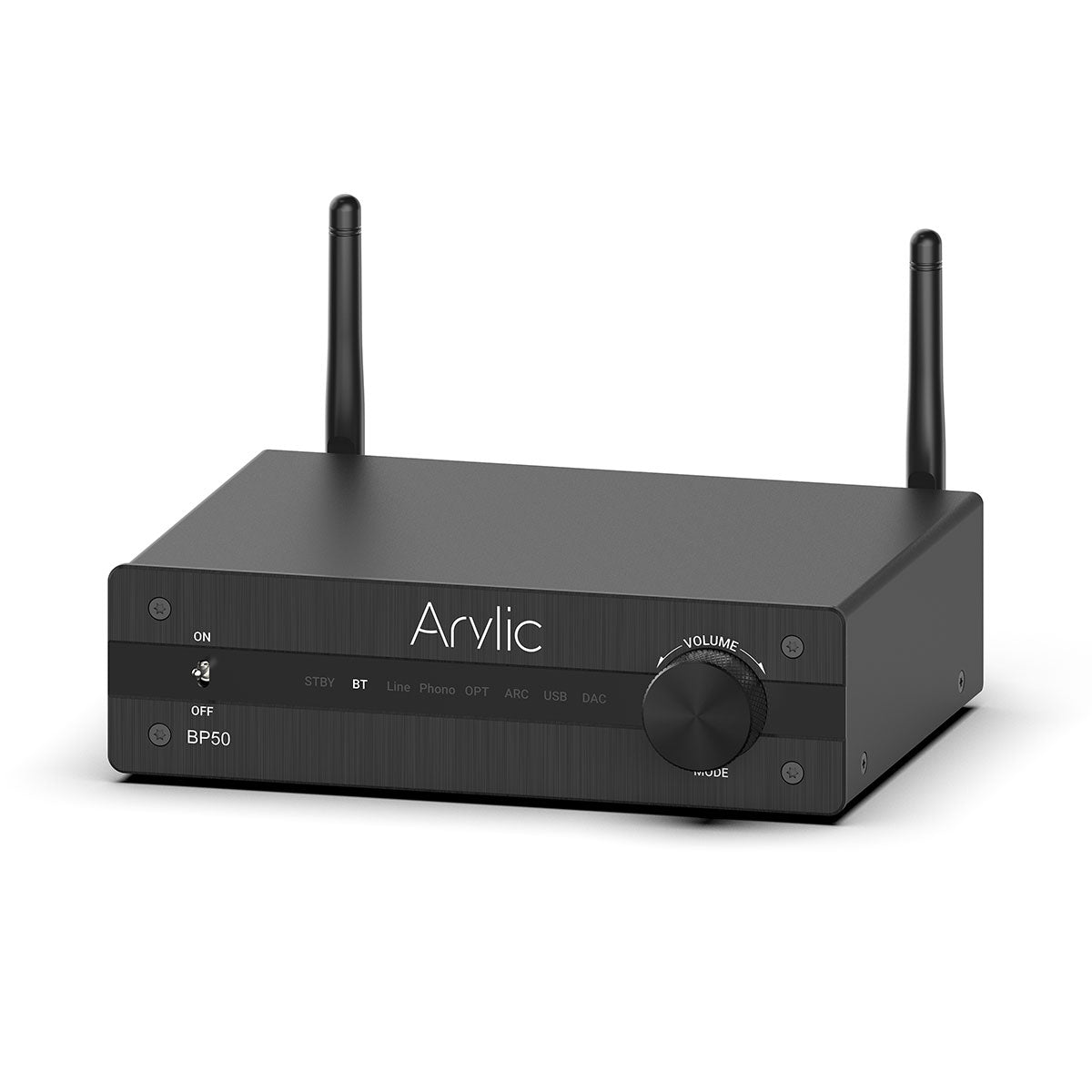
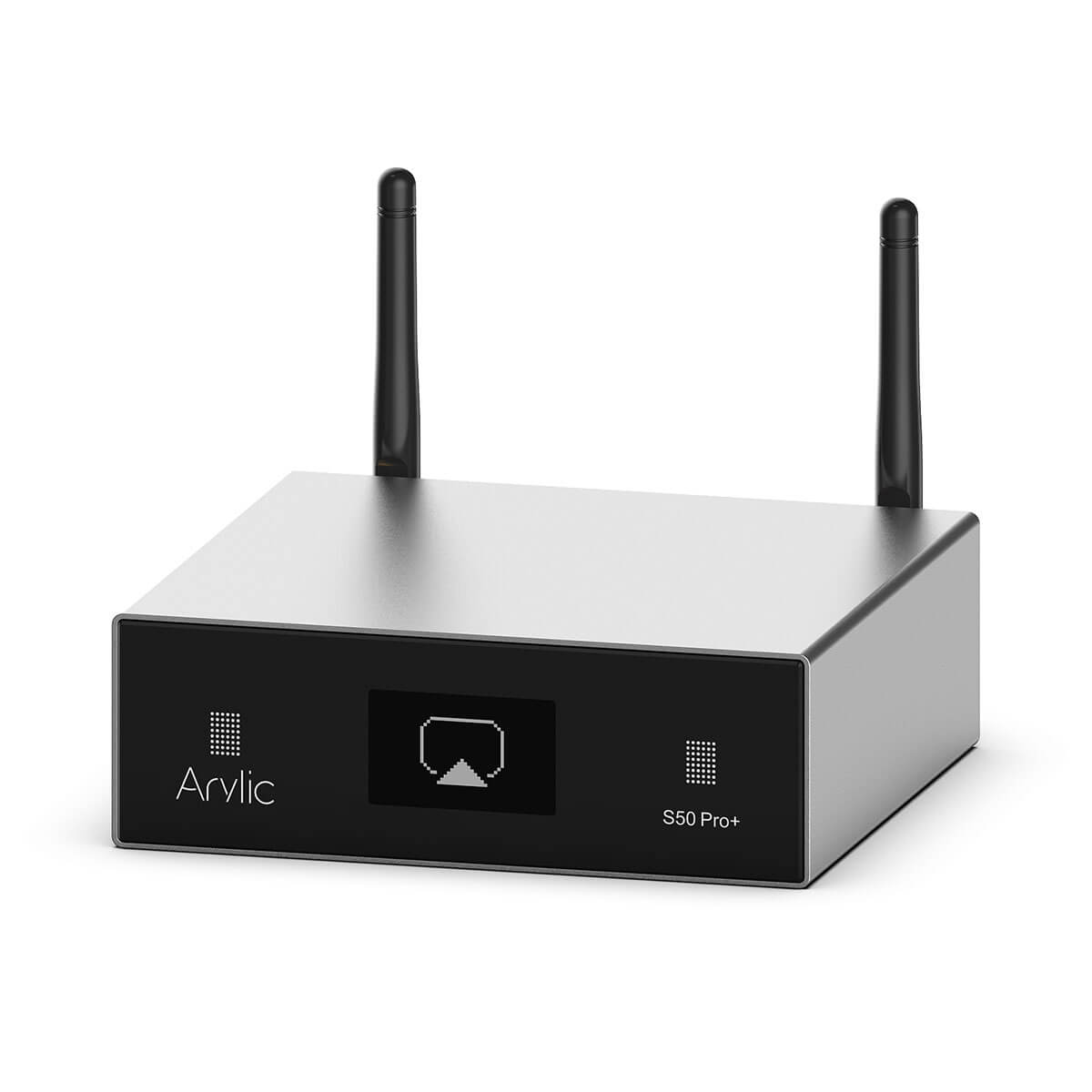
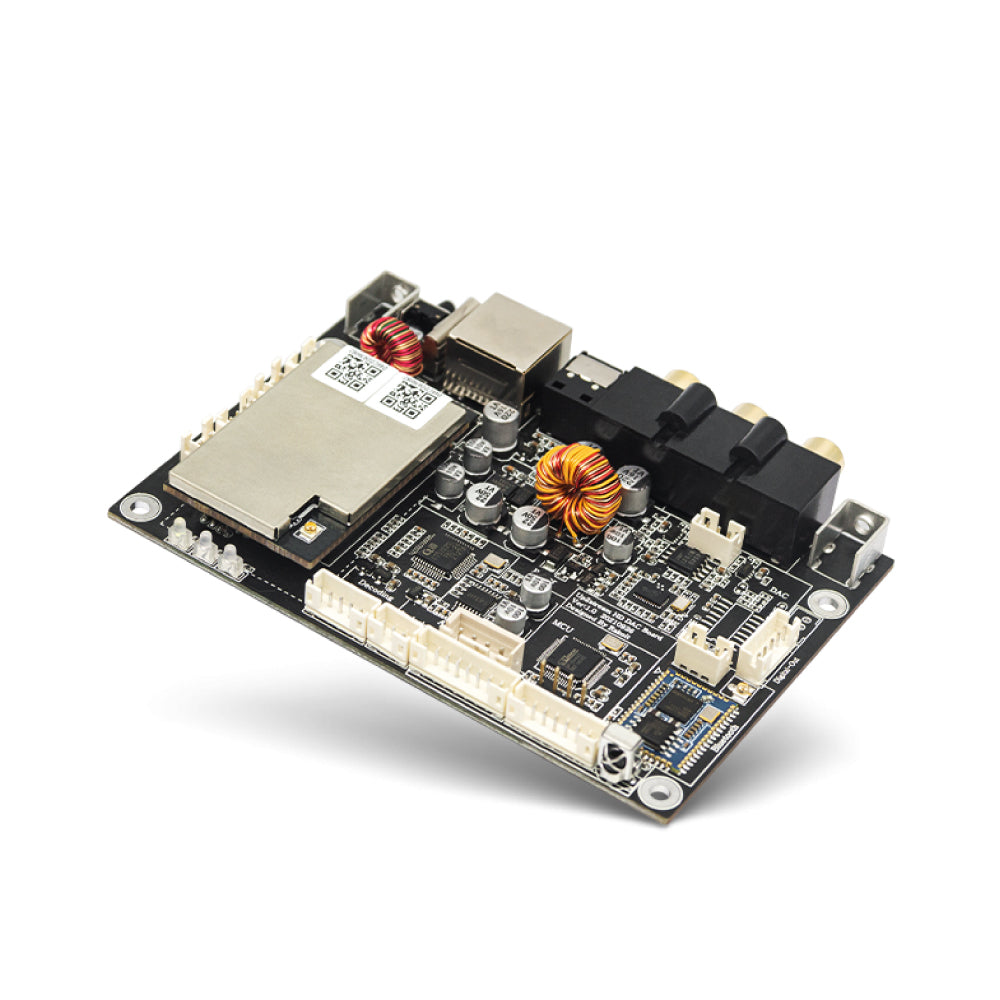
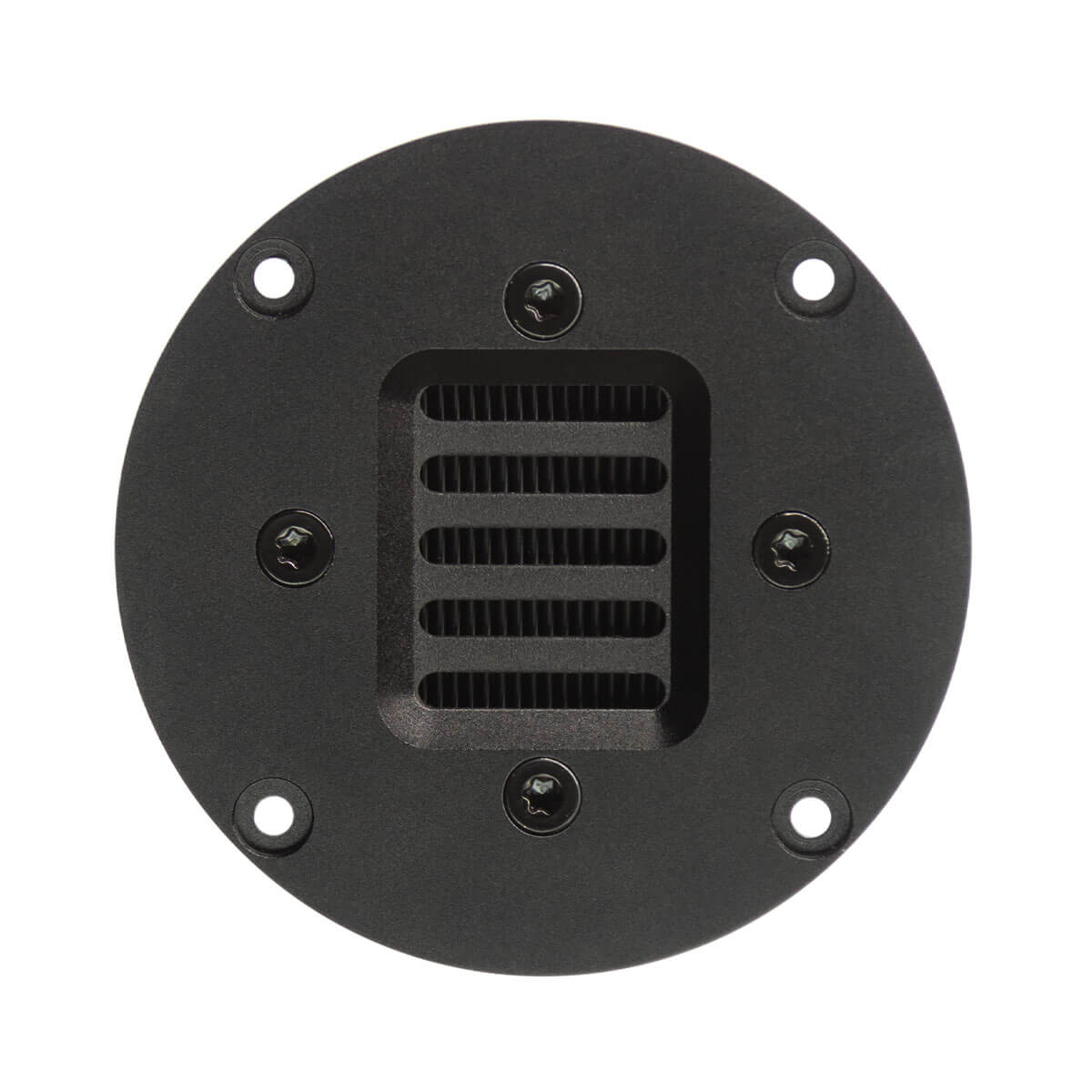
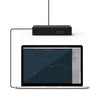
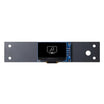
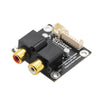
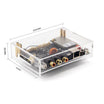
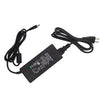
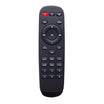
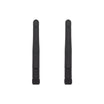
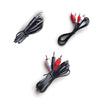
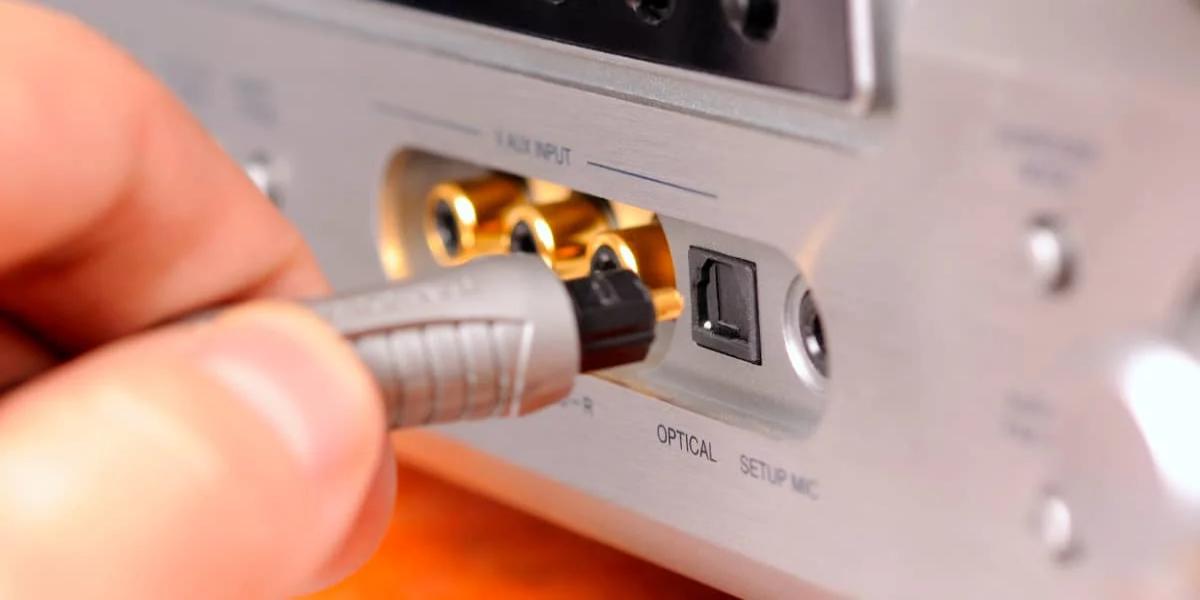

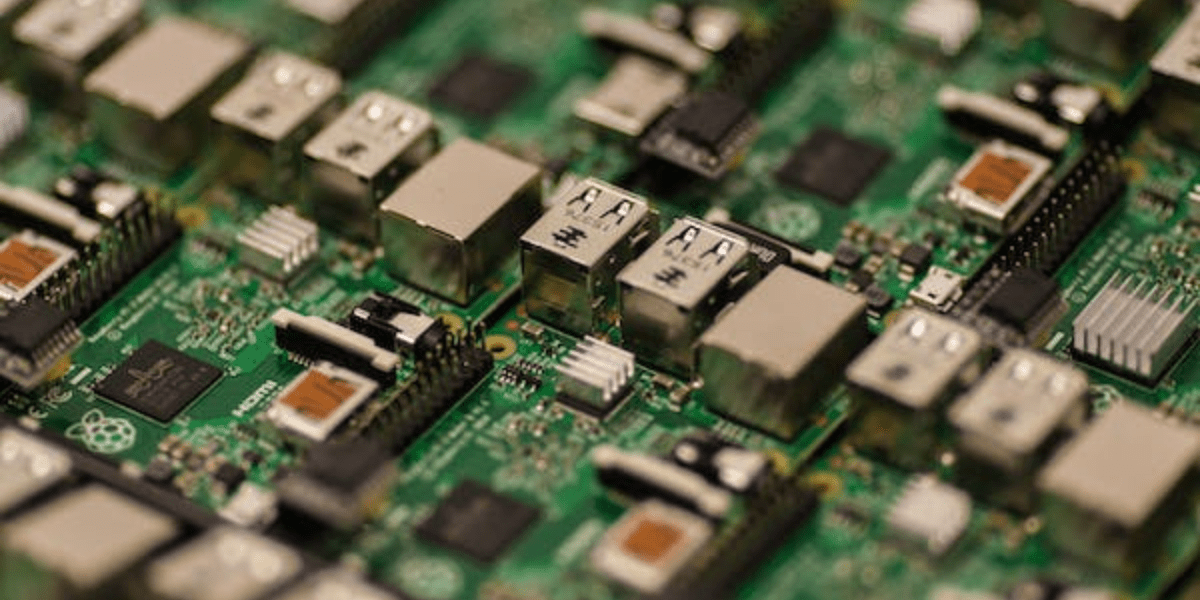
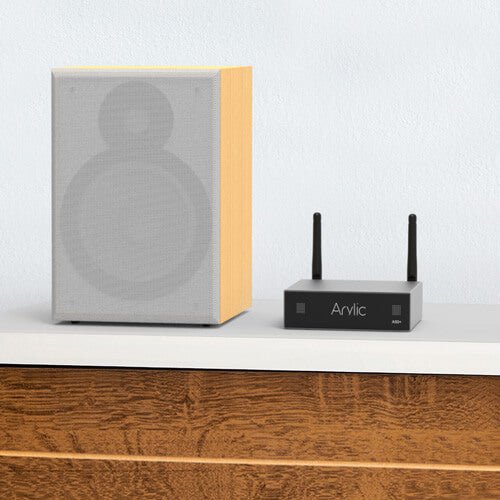
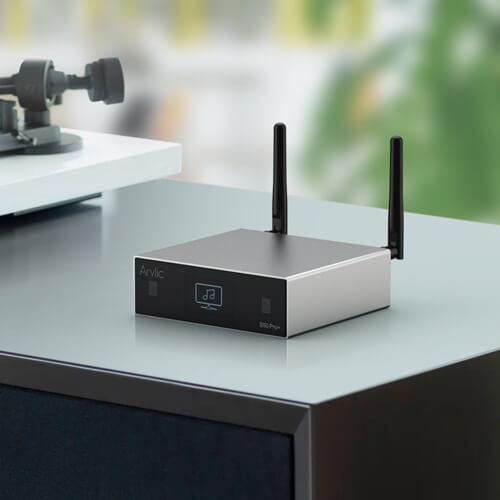
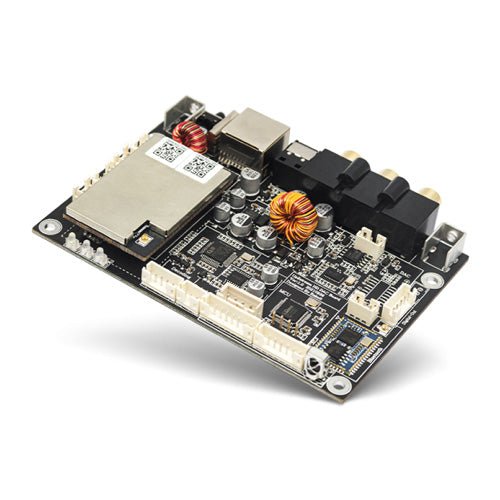















Leave a comment
All comments are moderated before being published.
This site is protected by reCAPTCHA and the Google Privacy Policy and Terms of Service apply.